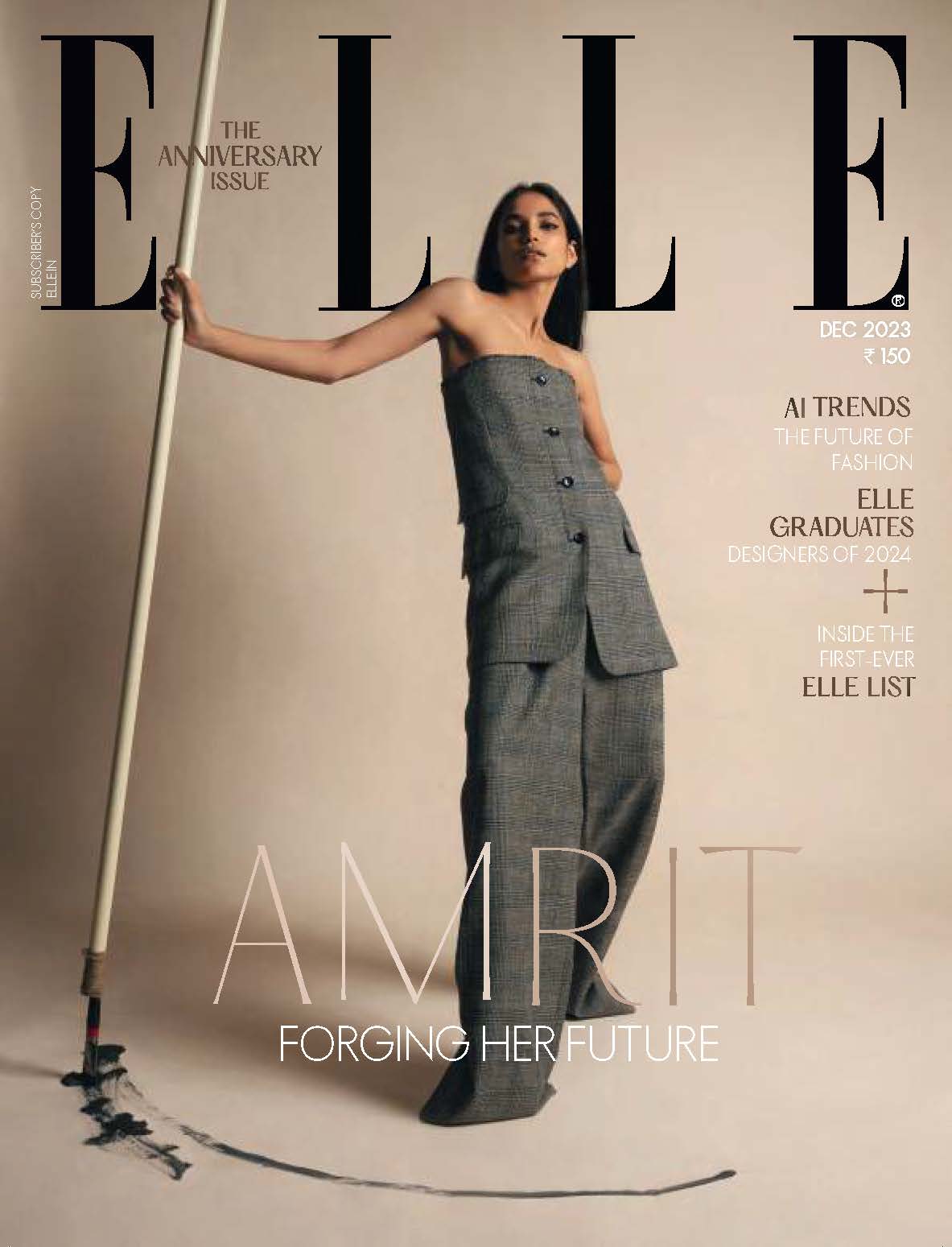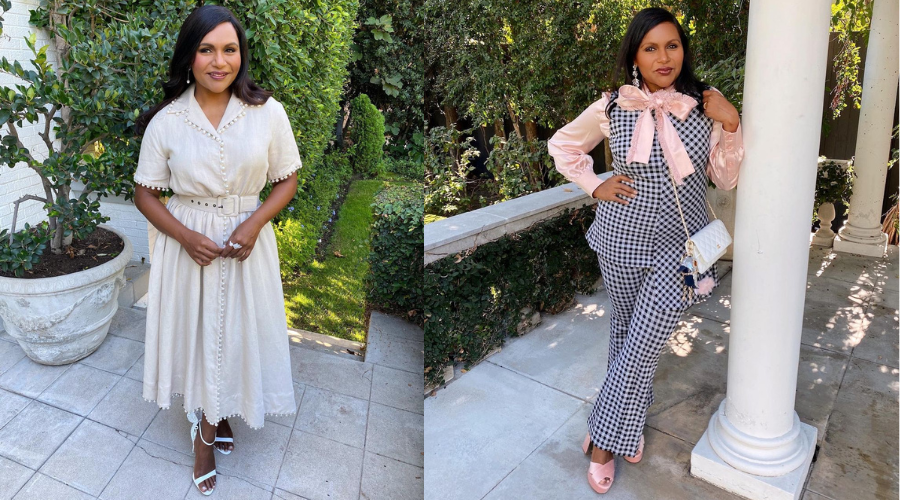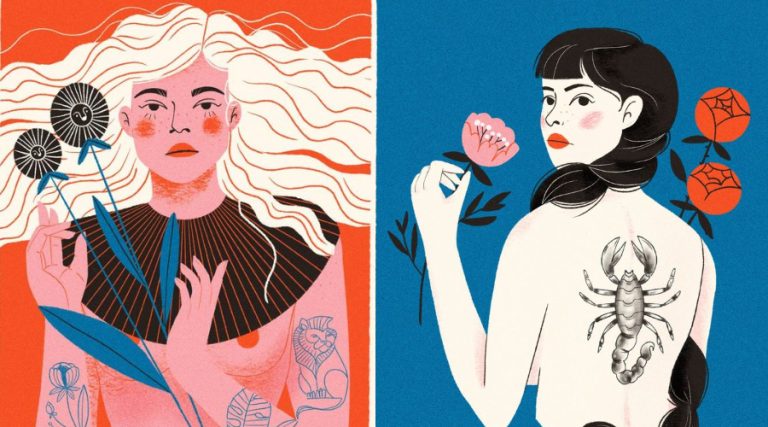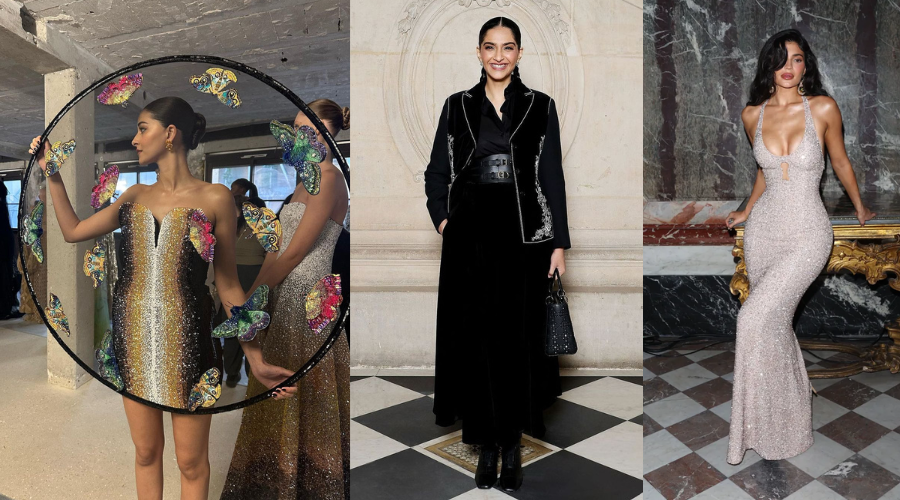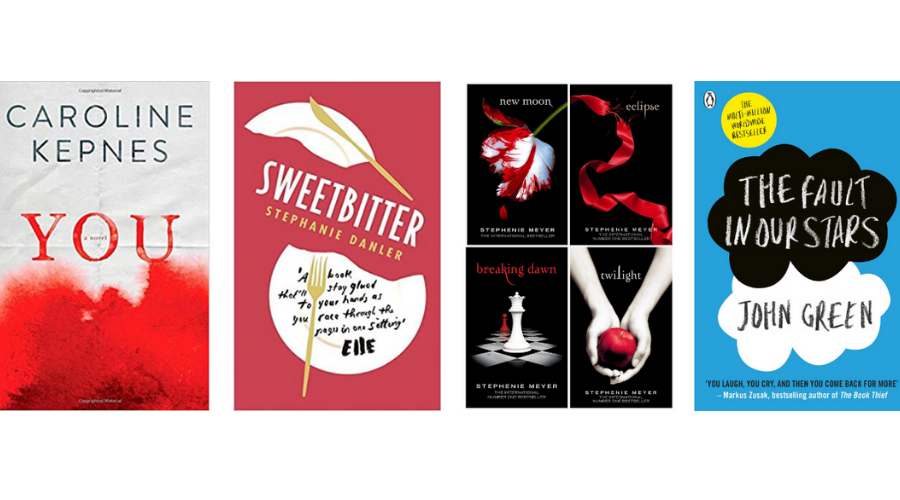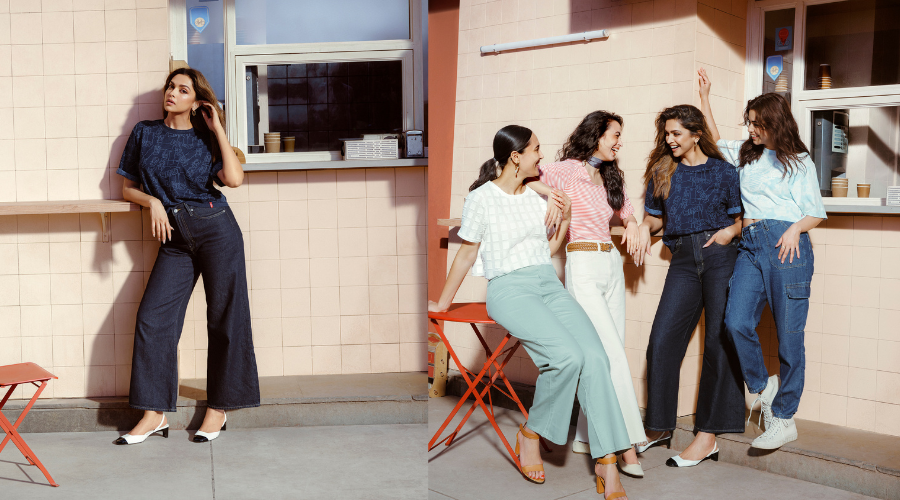Our new series, ‘Beauty Around The World’, delves into conversations with editors from ELLE, alongside selected brands from across the globe, each giving us an understanding of the beauty in and of their culture. We start with India. With a rich tapestry of beauty traditions interwoven with colonial legacies and a burgeoning global interest in Indian beauty practices and Ayurveda, there’s a myriad of narratives to explore within India’s beauty landscape.
In this feature, the beauty editor and writer from team ELLE India share their understanding of traditional Indian beauty practices, secrets passed down from their grandmothers and an understanding of what beauty means in India today. We also spoke to the founder of the luxury Ayurvedic brand, Purearth.
Penning this feature took me back to a time when my mother’s hands not-so-gently massaged coconut oil into my scalp. Though I may not have relished those moments then, I now appreciate the thick, long hair I have today. Weekends were reserved for indulging in comforting rituals like exfoliating my body with besan ka ubtan (gram flour and turmeric paste). In my teenage years, grappling with breakouts and oily skin led me to seek solace in multani mitti (fuller’s earth) masks and sandalwood, echoing the remedies of our grandmothers.
Tracing India’s Beauty Rituals
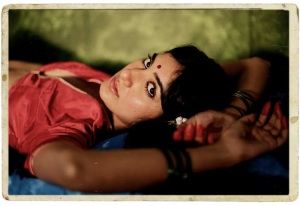
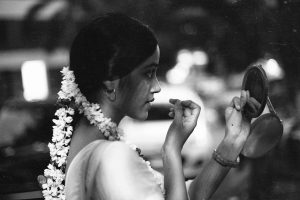
Beauty is deeply entrenched in Indian culture, with records of cosmetic practices dating back to the ancient Indus Valley Civilisation. These practices weren’t merely superficial; they were integral to culture, weaving a thread that has transcended generations, uniting us all. From the application of naturally crafted kohl to ward off the evil eye to the intricate adornment of hands with mehendi (henna)—each tradition serves as a binding force. The donning of a bindi or bottu between the eyebrows, originally composed of vermillion, sandalwood, and ash, symbolises not just decoration but an energy centre in Sanskrit texts.
One vivid memory of the bindi stands out when my family turned the car around midway through a journey simply because my mother had forgotten hers. It’s a simple act, yet it reflects the deep sense of emptiness we feel without it. How remarkable to contemplate that women from millennia past utilised kohl for protection, bonded over mehendi application, and considered the bindi an indispensable adornment. Today, these customs endure, illustrating that the essence of beauty has perpetually thrived in India. Beauty, both in ancient times and the present embodies a celebration of culture, a shield against negativity, and a proclamation of identity.
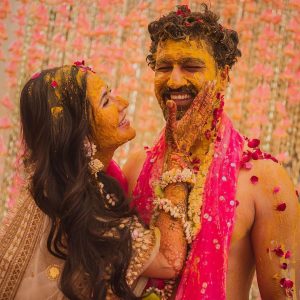
‘Haldi’, a pre-wedding ritual translating to ‘turmeric’, exemplifies the profound intersection of beauty and culture. Renowned for its anti-inflammatory, healing, and purifying properties, Haldi holds a special place in Indian pre-wedding rituals with close family members apply this paste to the bride and groom, imparting not only blessings but a radiant glow. At every juncture, beauty, culture, and love converge in India.
The Unfinished Dialogue

While the beauty industry is constantly buzzing with new terms, discussions around colourism seem to have waned or so it seems. It’s heartening to hear less about it, signalling progress. Yet, still, when a girl picks up her first basketball, she’s expected to consider the amount of time she’ll spend in the sun. The emotions underlying this conversation are complex because it spans multiple generations, including our grandparents, and they impart these thoughts subconsciously; it’s difficult to blame them, and we shouldn’t.
Worse, the obsession with fair skin has fuelled a multi-billion dollar industry while breaking countless hearts. Kannagi Desai, our beauty editor, shares her experience of being born fair—a trait that delighted her grandmother. However, she recounts instances of being scrubbed with exfoliation paste at the slightest hint of sun exposure, aiming to preserve her fairness. While such remedies may suffice for a temporary tan, they hold no power to alter one’s inherent skin tone, as melanin—the pigment determining skin colour—is a biological determinant. Topical creams and DIYs won’t change this. Personally, I, too, have fair skin and I was plagued with giant red acne, yet nobody cared about the quality of my skin. My relatives would always remark, “But it’s okay, you’re fair”. Why does fair skin wash over other problems? It shouldn’t matter.
The Internet’s Influence: A Double-Edged Sword

While some may evade scrutiny over their skin tone, the omnipresent internet introduces a new array of pressures. Sakshi Rawte, our beauty writer, recalls a childhood where discussions about her skin colour were secondary, but emphasises the horrible influence of online platforms. Young girls, as young as eight years old, begin internalising notions of ‘imperfection’ today, often experimenting with DIY remedies—many of which are lemon and curd concoctions, that are proven to be detrimental to skin health. The immediate placebo effect after application only reinforces false beliefs. If you’re doing this, consider this a disclaimer.
It is important to remember that not all natural or organic remedies suit every individual. Fortunately, India offers plenty of alternatives. I’ve found solace in rose oil for my acne-prone skin, a departure from the coconut oil favoured by many in India. Listen to your skin; it speaks to you.
Ayurveda— Between Pride And Yearning

The principles of Ayurveda remain deeply ingrained in our lives, influencing our dietary habits, wellness practices, and beauty regimens. From the humble tongue scraper to staples like ghee and haldi in our households, Ayurvedic wisdom permeates daily routines in India.
Both our beauty editor and writer expressed sentiments of pride and reflection upon Ayurveda’s resurgence in the beauty and wellness spheres. While acknowledging the global spotlight on Ayurveda with a sense of validation, they lament the reliance on external validation to appreciate indigenous systems. The recent trend among Hollywood stars, like Kourtney Kardashian and Miranda Kerr, merely ‘reintroduces’ practices ingrained in our culture for centuries, promoting a mix of pride and disillusionment at the delayed recognition.
A Paradigm Shift in India’s Beauty Industry: It’s High Time

The people spending money have changed, it’s you & me.
The Indian beauty industry is undergoing a seismic shift, with new brands emerging, legacy players adapting, and and global brands rethinking their strategies to appeal to Indian consumers. This unexpected transformation reflects a generational shift in attitudes and consumption patterns that was not anticipated before COVID. Consumers are becoming more discerning about the products they use on their skin, and this includes the extraction and formulation processes.
Simultaneously, companies are not only competing with their local counterparts, but with everyone, so outdated strategies are fading away together.
Ethical Luxury By Pure Earth

In the thriving Indian luxury beauty market, Purearth emerges as a beacon of ethical beauty. Founder Kavita Khosa emphasises a paradigm shift in beauty perception, with Gen Z challenging beauty norms, harking back to tradition in search of their roots and focusing on ethical consciousness. Beyond mere efficacy, today’s consumers seek products crafted with time, far from the speed that distinguishes contemporary consumerism.
Khosa’s ‘A-Beauty’ brand embodies this ethos by offering not only quality beauty products but including social welfare projects, recycling programs, and support for marginalised women. Purearth’s ascent narrates a tale of the shift in the Indian and global beauty markets from 2011 to 2024.
Stay tuned for the next edition: ELLE India travels to Korea.
